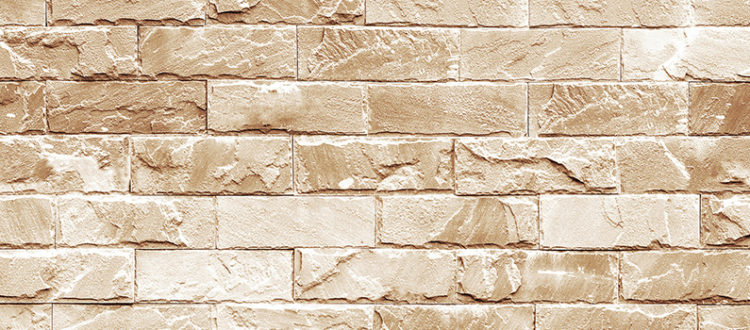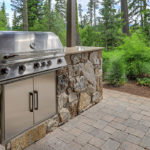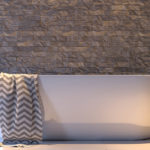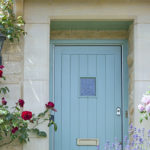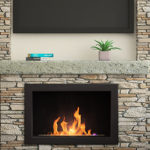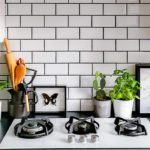The Pros and Cons of Limestone Flooring
Using Tiles for Limestone Floors
Limestone is a natural rock that forms over time and is later mined and utilized in a number of ways. Sometimes, limestone is crushed up and used in cement. Other times, the crushed rock is placed in gravel roads or other industrial areas. It is even sometimes put into powder form and fed to livestock so they can get the minerals they need. But there are also limestone slabs that are taken out of quarries and used to create beautiful and unique tiles that can then be utilized all over a home, including for flooring.
Limestone Tile Color Options
Limestone tiles often have more veins, speckles, and streaks than ordinary limestone slabs, but there are still degrees of those things and the absence or appearance of each can create a different design. Some limestone has small specks while others have large streaks that add to the color contrast and the natural appeal of the rock. Limestone comes in a huge range of colors, all of which appear very natural. The colors are a result of the impurities within the formation and there are many to consider, including white, rose, light gray, straw, peach, tan, burgundy, blue, charcoal and many variations between. The tiles can be used anywhere inside or outside of a home. Since they are multi-purpose, versatile, appealing, and durable, they can fit in just about anywhere. They are also more economical than other natural stones, making them easier for homeowners to afford them.
Limestone Flooring Pros
There are positive and negative aspects about any tile and the savvy homeowner will want to consider all of those on both sides before placing the material in their home. Limestone has plenty of pros, one of which is that it is aesthetically pleasing on a natural level. Limestone tiles have been used for centuries and give homes warm, immaculate looks. With the different color ranges, any homeowner can find something to fit in. These tiles are also durable and long lasting. They don’t show wear in heavy traffic areas and they resist mold and bacteria, which is great for outdoor flooring. They only require sweeping and an occasional mop to keep them clean with a resealing every now and then in order to last for decades.
Limestone Flooring Cons
Limestone is a porous natural rock so it can stain, which can make it look almost ruined. However, stains can be avoided by cleaning up spills that might occur right away and keeping the sealing on the flooring current. The stone is also softer than others so moving furniture or dropping something on a tile could chip or break it. But under most circumstances, the tiles hold up well.
Considering Limestone Flooring Tiles
If you are thinking about limestone flooring for your home, the tiles are a great way to create a unique pattern and give your flooring a soft-to-the-feet feel. You get a long life from the material and an aesthetic elegance and beauty you just can’t get from other flooring materials. Contact the professionals at Impression for more details and to decide if limestone tiles are right for your home.

